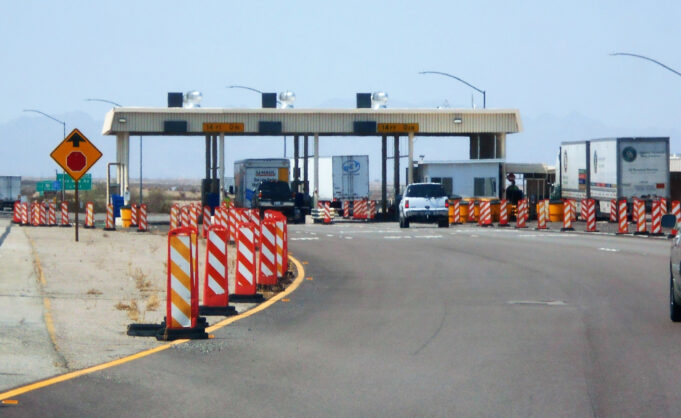The U.S.-Mexico border is facing a crisis that’s not getting the attention it deserves—water scarcity. While immigration and border security dominate current headlines, dwindling water supplies along this 2,000-mile stretch are threatening the livelihoods of millions across both nations. For water treatment operations, this crisis represents both a challenge and an opportunity to deploy innovative solutions to address growing demand and pollution in our greatest resource.
Climate Change and Shrinking Resources
Rising temperatures are increasing evaporation rates from rivers, reservoirs, and streams in the border region, compounded by erratic precipitation patterns, diminishing snowmelt, and prolonged droughts. The two main rivers in the region, the Colorado River and the Rio Grande, are among the most water-stressed in the world.
For water treatment facilities, the decline in river flows means a greater reliance on alternative sources like groundwater and reclaimed wastewater. However, these sources come with their own complications, including contamination, over-extraction, and logistical hurdles.
Overexploited and Polluted Aquifers
At least 28 aquifers cross the U.S.-Mexico border, providing vital water for agricultural, industrial, and municipal use. These underground reservoirs are increasingly relied upon as surface water dwindles, but many are being overexploited faster than they can recharge. Adding to the strain, pollution from agricultural runoff, untreated waste, and industrial discharges is contaminating these aquifers, making them more expensive and difficult to treat.
Addressing these challenges will require improved monitoring systems, advanced treatment technologies, and cross-border collaboration. Stricter controls on pollution, investments in aquifer recharge projects, and innovative filtration systems could help ensure the long-term viability of these resources.
Growing Populations, Rising Demand
The population along the U.S.-Mexico border is booming, with roughly 30 million people already living within 100 miles of the border. This number is expected to double in the next 30 years, significantly increasing municipal and industrial water demand. For example, in Texas’ lower Rio Grande Valley, municipal water use is projected to more than double by 2040.
To meet the rising demand, scaling up treatment capacity will be essential. Solutions such as desalination, wastewater recycling, and advanced membrane technologies can help meet the growing demand. Additionally, adopting water conservation practices, like leak detection systems and efficient irrigation techniques, can help reduce unnecessary waste.
Pollution Challenges
Both the Colorado River and Rio Grande are heavily polluted. Agricultural runoff introduces fertilizers and pesticides into the water, fueling algae blooms and degrading water quality. Industrial and municipal sources add heavy metals, chemicals, and untreated waste, particularly on the Mexican side of the border, where many wastewater treatment plants face operational challenges.
Addressing pollution will require a combination of infrastructure upgrades and regulatory enforcement. Water treatment facilities must adapt to handle higher pollutant loads, while cross-border agreements must include stricter environmental safeguards. Integrating advanced nutrient removal systems and chemical filtration technologies can help improve water quality downstream.
The Road Ahead
While the U.S.-Mexico border water crisis presents significant challenges, it also creates opportunities for innovation. Here’s how water treatment professionals can contribute:
- Deploy cutting-edge systems like reverse osmosis, advanced oxidation processes, and bioreactors to treat increasingly contaminated water sources.
- Invest in systems that recover valuable nutrients and minerals, such as phosphorus and nitrates, from wastewater streams.
- Upgrade treatment plants to handle fluctuating water quality and rising demand. Incorporate energy-efficient designs to reduce costs.
- Partner with municipalities, industries, and governments on both sides of the border to share knowledge, technology, and funding.
Water scarcity in the U.S.-Mexico border region is a transboundary crisis that requires collective action. For water treatment, this means stepping up to deliver innovative solutions that address growing demand, pollution, and aging infrastructure. Are your operations up to the challenge?
SOURCES: The Conversation, Journal of Borderland Studies, Climate.gov, The Conversation





